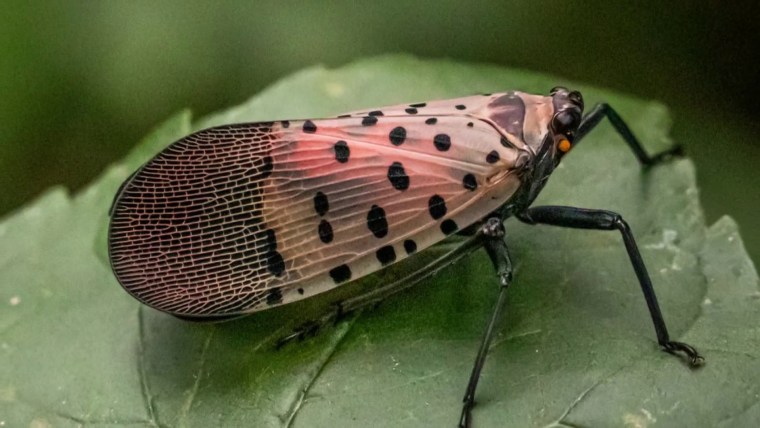Meanwhile, efforts to thwart green crab populations elsewhere have required incredible investment and effort. Earlier this year, Gov. Jay Inslee issued an emergency proclamation to eradicate or prevent green crabs from spreading in Washington state waters. The state fish and wildlife agency assigned a crab “incident commander” and its Legislature forked over $8.5 million in emergency funding to repel its invasion.
Alaska, which has less than one-tenth of Washington’s population and more than 10 times the coastal shoreline, is preparing now for what promises to be an expensive and complicated struggle.
“Green crab really can explode and dominate ecosystems,” said Linda Shaw, a wildlife biologist for the National Oceanic and Atmospheric Administration based in Juneau, Alaska. “The implications are huge for Alaska.”
A steady march
The European green crab has been a pest in American waters for some 200 years, but it remained an East Coast-only menace until the late 1980s, when it was discovered in San Francisco Bay, likely transported by humans in bait or in packaging.
Green crabs are a shore species with long legs. Their bodies can grow to about four inches in width, and their color can vary. On the West Coast, these crabs can be easily confused for native species. A telltale sign for identification is that they feature five spines next to each eye.
On the West Coast, the crabs took hold in the Bay Area and then spread from there, sending larvae into ocean currents that would eventually carry them to Oregon, Washington and British Columbia.
“Throughout the early 2000s, we would periodically have green crab spread up throughout the coast,” said Sean McDonald, a marine ecologist and associate teaching professor at the University of Washington.
Huge pulses of green crab larvae are spread during strong El Niño conditions, when warmer surface waters dominate the North Pacific, McDonald said.
Green crabs were first discovered along inland Washington state shores in 2016, after a prolonged marine heat wave known as the Blob. By summer 2020, they had expanded as far north as British Columbia’s Haida Gwaii, which sits near the southern tip of the Alaskan peninsula.
“It was a steady march north,” Shaw said.“Realizing they were getting closer, it was probably inevitable they were going to show up here.”
Like many invasive species, green crabs are likely benefiting from climate change, which often facilitates invasions. Marine heat waves, made more common by climate change, are likely boosting reproduction and distribution of green crabs, Shaw said.
In warmer waters, larvae are more likely to survive the winter, which ramps up reproduction. Warmer waters also mean new habitat is available for green crabs.
Federal agencies have helped to fund monitoring programs at the Metlakatla Indian Community for several years, concerned that the species would wash up and take hold on Alaskan shores.
It’s possible that green crabs have already colonized other remote shoreline areas in Alaska.
“Unless you’re really looking for them, you probably could easily miss that they’re there,” Shaw said.
Source: | This article originally belongs to Nbcnews.com










